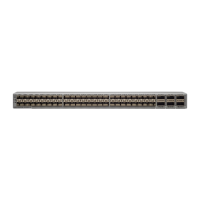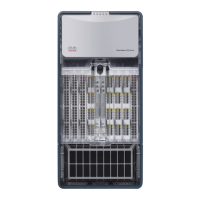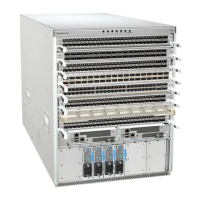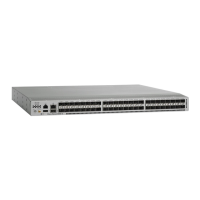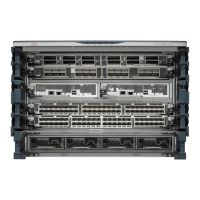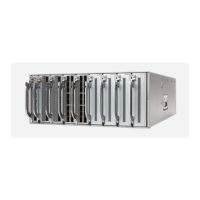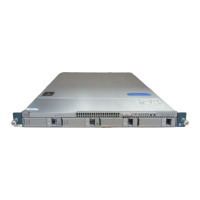can connect the console port on the switch to a modem. If you do not connect it to a modem, make the
connection either before powering up the switch or after completing the boot process for the switch.
Before you begin
The console device must support VT100 terminal emulations and asynchronous transmissions.
Step 1 Configure the terminal emulator program to match each of the following default port characteristics:
• 9600 baud
• 8 data bits
• 1 stop bit
• No parity
Step 2 Insert the RJ-45 connector on the interface cable found in the accessory kit into the RS-232 port on the switch and insert
the DB-9 connector on the other end of the cable to the serial port on the console device.
What to do next
You can now perform the initial configuration for the switch (see the Cisco ACI Getting Started Guide).
Setting Up an Optional Management Connection
You can optionally set up an out-of-band management connection for monitoring and troubleshooting purposes.
To do this, depending on your switch, you connect either the RJ-45 management port or the SFP management
port on the switch to an external hub, switch, or router.
Before you begin
To prevent an IP address conflict, you must complete the initial configuration for the switch and establish an
IP address before you create the management connection.
Step 1 Connect the interface cable to a management port on the switch.
• For the RJ-45 management port, use a copper interface cable with RJ-45 connectors (can be used for shorter
connections).
• For the SFP management port, use an optical interface cable with LH or SX SFP transceivers (can be used for longer
connections).
If you use the management interface, connect only one of the two management ports. The switch does not
support your use of two management ports at the same time.
Note
Step 2 Connect the other end of the cable to an external hub, switch, or router.
Cisco Nexus 93108TC-FX ACI Mode Hardware Installation Guide
36
Connecting the Switch to the ACI Fabric
Setting Up an Optional Management Connection
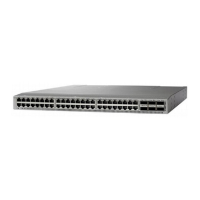
